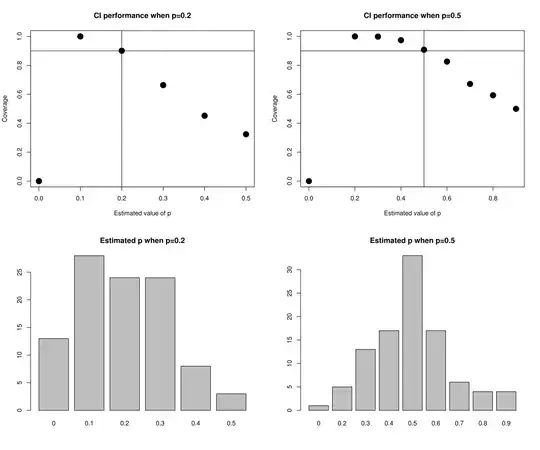There is no impact on sufficiency of the fact that $\mathbb{P}_\theta(T=t)$ is not always positive. As indicated in my example, the statistic $$T=X_{(n)}=\max_{1\le i\le n} X_i$$ is sufficient when the $X_i$'s are uniform on $\{1,\ldots,\theta\}$. And $$\mathbb{P}_\theta(T=t)=0$$ when $\theta<t$. The joint probability mass function of $(X_1,\ldots,X_n,X_{(n)})$ at $(x_1,\ldots,x_n,x_{(n)})$ is also zero when $x_{(n)}>\theta$, hence the conditional probability of $(X_1,\ldots,X_n)$ given $X_{(n)}=t$ and $t>\theta$ is not defined. But since the conditional distribution of $(x_1,\ldots,x_n)$ given $X_{(n)}=t$ is uniform over $$\{(x_1,\ldots,);\ x_{(n)}=t\}$$ independently of $\theta\ge t$ (and not defined otherwise), this does not impact sufficiency.
I presume that the undefined nature of the conditional in the impossible situation that $X_{(n)}=t$ and $t>\theta$ appears to bring some dependence on $\theta$ but this is not a correct impression: the conditional is not defined because the conditioning event is impossible. The part that brings information on $\theta$ is $X_{(n)}$, which is fine since it is sufficient.
Here is a quote from one of the earlier papers on the topic, by Koopman (1935):

where he similarly sees no impact on sufficiency in the fact that the density may be null for the actual observations and some values of the parameter.
